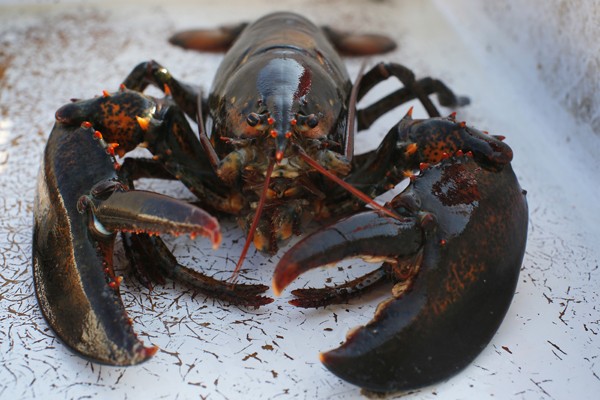Archaeologists discovered that a huge prehistoric lobster once inhabits the sea 480 million years ago during the Early Ordovician. It is as big as human with a length of 6.5 feet based on a three dimensional fossil found by Moroccan fossil hunter Mohamed Ben Moula in Morocco.
According to archaeologists, as reported by Mirror UK, it belongs to the family of anomalocaridids, believe to be the earliest ancestor of modern day crustaceans, spiders and insects. Paleontologists have described it as the earliest known species of filter-feeder that was discovered as of date. It's like a modern day whale that gather their food by filtering seawater trapping tiny food particles by using spine-covered limbs on their head.
This new find was named as Aegirocassis benmoulae in honor of the person who discovered it. Unlike most of its relatives, which have a shark like apex with sharp teeth that ringed on their mouth, this prehistoric creature is a gentle giant.
Dr. Allison Daley of Oxford University, said that A. Benmoulae might be one of the largest living animals of that time. He said that filter-feeding is most likely the oldest ways of animal in finding food, however, most were small and usually attached to the sea floor. "We have found the oldest example of gigantism in a freely swimming filter-feeder," he said.
Most anomalocaridid fossils that were discovered were flat, just like a pressed leaf, however, this new find fossil is three-dimensional and is exceptionally well preserved. With this 3D fossil, archaeologists and paleontologists were able to study the anatomy of this prehistoric animal. The fossil shows, reported by RSSr that it has a pair of flaps on its body for swimming. The flaps are probably a precursor of double branched appendages characteristic of modern day crustaceans.
In Ethiopia early this month, a fossil jaw was discovered which believe to date back 2.8 million years old. This new find may draw back our species 400,000 years earlier than what was thought.



























